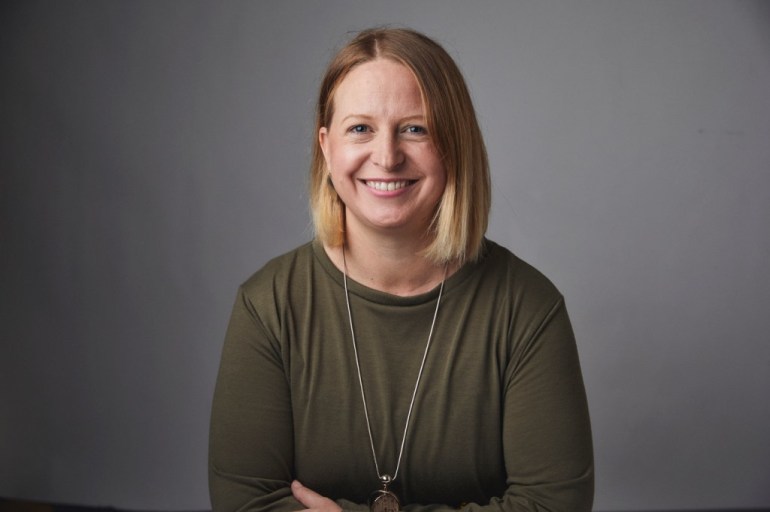The South Australian Film Corporation (SAFC) launched a new workforce development strategy today to grow the state’s industry and see it secure a greater share of domestic and international production activity across live-action, animation, XR, game development, post-production and visual effects.
South Australia has seen significant growth as a production destination in recent years, with overall drama expenditure reaching a record $148 million in 2019/20, while the 2021/22 financial year was not far behind at $144 million. Alongside, in the six years to 2020, the state’s screen workforce has more than tripled to support 2,297 full-time equivalent jobs.
However, this production upswing has meant that, like all states, SA has grappled with skills shortages. Urgent gaps identified are lengthy, including 1st and 2nd ADs, editors and assistant editors, production designers, art directors, safety supervisors, unit managers, DOPs, camera assistants, field producers/directors, production accountants, production managers, line producers and DITs, Steadicam operators, intimacy coordinators, shader artists/technical directors, colourists, post producers, software engineers and developers, game designers and mid-career compositors, animators, modellers, dynamic effects artists/TDs and lighting artists/technical directors.
The strategy released today – dubbed South Australian Screen Industry Workforce Development Strategy – sets out a multi-pronged plan for industry, education, and government to work collaboratively to address these shortages in the immediate, medium and long term and prepare for future industry needs and growth.
Underpinning the strategy is the link between workforce development and a continuing pipeline of production in the state.
The framework proposed includes:
- The development of a central career pathway service, to help prospective students, career advisors and workers from adjacent industries with screen career information
- Regular technical open days at Adelaide Studios, hosted by heads of departments
- The development of a “Onboarding 101” introduction course to the screen industry, to be delivered in secondary schools and able to serve as a microcredential
- The continuation of the SAFC’s existing Master/Apprentice Mentoring Program
- Attachment programs for early and mid-career practitioners, linked to the recently-announced ABC SAFC Content Pipeline Fund
- Paid flexible screen industry traineeships
- Continued professional development programs for mid-career and senior professionals
- Business and leadership development
Among the strategy’s numerous recommendations is that the SAFC also expand funding support to new formats including unscripted television and deliver business development sessions; that the SA government establish a ‘brand ambassador’ for the state in LA; and industry look to explore a new on set role that would specifically oversee attachments, interns, and training.
The report also argues that the industry and SAFC should support and advocate nationally for the creation of a training levy of 1 per cent of all production budgets; a proposal that was also recently recommended by the BFI Skills Review in the UK, which is also facing significant production shortages.
Other recommendations include investigation by the SAFC into alternative production methodologies that would increase participation by workers from under-represented groups, and that the industry further support changes to working conditions that enable working parents and carers to continue careers, such as flexible work options.
The strategy was developed over a 12-month consultation process with educational institutions and training providers, guilds, industry partners and representatives from the Department for Industry, Innovation and Science (DIIS), the Department for Education, and the South Australian Skills Commission.
SAFC CEO Kate Croser said the strategy aimed to “future proof” the industry and capitalise on the global content boom.
“The unprecedented surge in screen production globally and domestically in Australia has created an amazing opportunity for South Australia which means that ensuring availability of skilled, experienced screen production talent is more critical than ever. Addressing and overcoming South Australia’s screen workforce gaps is key to securing and growing our stake in this thriving market,” she said.
“We recognise the extraordinary achievements of South Australian screen industry professionals and our world-leading screen production, post-production, visual effects, animation and game development companies who are working at the highest levels. Our aim has been to enhance what is already working well and provide recommendations that respond to industry needs.”
SA Arts Minister Andrea Michaels congratulated the SAFC for showing leadership in creating an environment for growth.
“We know that for every four screen jobs in South Australia another three jobs are supported elsewhere in the economy in areas such as construction, hospitality, transport and logistics and retail – so supporting the screen sector to thrive results in increased economic benefit for all South Australians,” she said.
“A thriving screen industry holds significant creative, cultural and economic benefits for the whole state, and creating the conditions for growth will ensure that continues for another 50 years and more.”
The strategy is available here.



